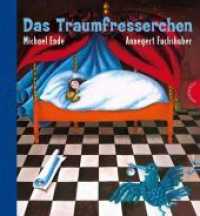Full Description
Referential expressions include terms such as determiners, proper names, noun phrases, pronouns, and all other expressions that we use to make reference to things, beings, or events. The first of its kind, this book presents a detailed, integrated account of typical and atypical uses of referential expressions, combining insights from discourse, cognitive, and psycholinguistic literature within a functional model of language. It first establishes a foundation for reference, including an overview of key influences in the study of reference, the debates surrounding (in)definiteness, and a functional description of referring expressions. It then draws on a variety of approaches to provide a comprehensive explanation of atypical uses, including referring in an uncollaborative context, indefinite expressions used for definite reference, reference by and for children, and finally metonymic reference with a special focus on metonymy in medical contexts. Comprehensive in scope, it is essential reading for academic researchers in syntax, discourse analysis, and cognitive linguistics.
Contents
Part I. The Nature of Referring and Referring Expressions: 1. The multidisciplinary field of referring; 2. The great debate: definiteness and indefiniteness; 3. A functional grammar for referring expressions; Part II. Typical Reference: 4. Typicality and atypicality; 5. Referring in spontaneous discourse; 6. Referring in prepared discourse; Part III. Atypical Reference: 7. Referring in non-collaborative contexts; 8. Indefinite expressions for referring definitely; 9. Child's play; 10. Reference and metonymy; 11. Epilogue.








